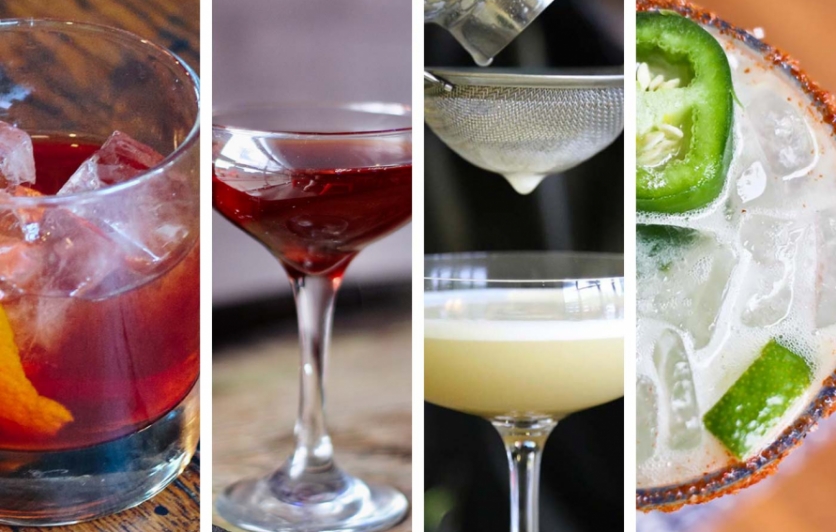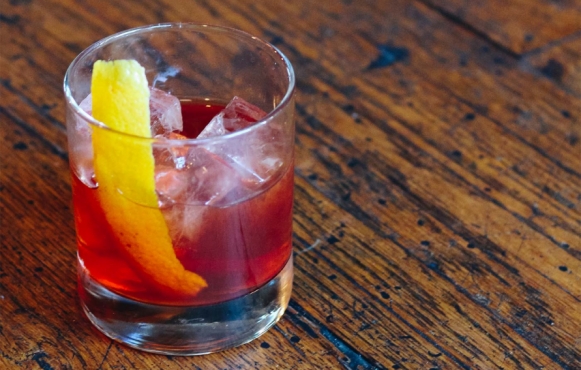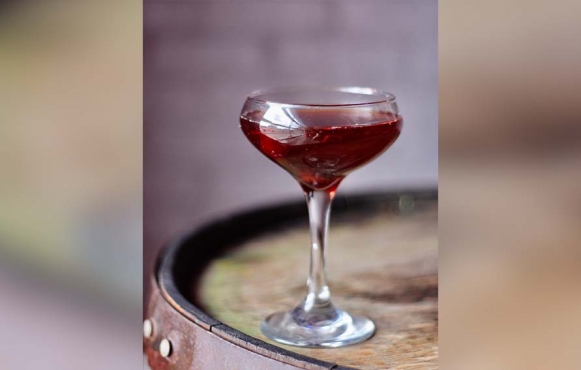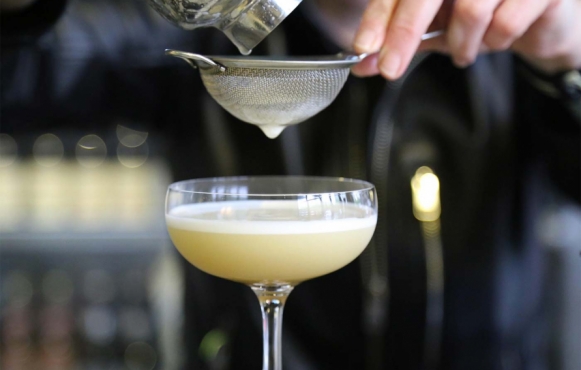Cutting Carbs? We’ll Drink to That

Hidden sugar is the hazard, especially when having more than one
If you started the year with fitness goals that included dietary changes, lowering your carbohydrate intake may be on your list. There are all sorts of names given “low-carb” diets of varying regimes, but all hinge essentially on one thing: sharply reducing the amount of sugars and starches one consumes.
Though diet trends shift in and out of vogue with annoying regularity, it is widely agreed that Americans eat carb-laden foods in quantities larger than our systems can process. The basic and most obvious result is fat added to the frame, and arguably the worst result is fullblown type 2 diabetes.
What we drink also plays a role in overconsumption of carbohydrates. (Since this is a health-centric magazine, I’ll assume readers already know that sugary beverages are public enemy No. 1.) A key question I had when I began a ketogenic diet last year was this: Since sugar is the enemy, how will this affect my cocktail choices? The good news is twofold: Spirits, the backbone of every cocktail, have zero carbs, as do bitters; and when most cocktails are made properly, as a good bartender would, their carb counts aren’t high (details below).
What’s really a low-carb drink?
While there is no strict definition of a lowcarb diet, the generally accepted number is 150 grams of carbohydrates per day or less. For people on ketogenic diets, the number declines to 50 grams or less, and for an ultra-low-carb diet, it’s 20. Speaking for myself, hitting such a low number was not difficult when eating at home because I understood and followed the diet.
Back to drinks. What few know is many alcoholic beverages are naturally low in carbs. Where drinkers get into trouble with carbohydrates is consuming drinks that are not only high in sugar, but multiples of those.
Where is the sugar in those drinks? It’s either naturally occurring or added. Let’s start with those in which sugar exists naturally: wine and beer.
Wine: Crushed grape juice contains sugar that’s immediately ready to be fermented into alcohol by yeast. A winemaker who converts all available sugar into alcohol creates a dry wine. A sweet wine contains sugar that wasn’t converted into alcohol. The sweeter wine is higher in carbs, but not by much. (A rough rule of thumb for carbs in wine is 1 gram of carbs per fluid ounce.)
Beer: Beer requires brewing cereal grains to make their long-chain starches available for conversion into sugar. Enzymes contained in malted barley trigger that conversion into sugar, which is food the yeast consumes and turns into alcohol. To create unique beer styles, flavors and textures, brewers leave varying amounts of sugar in the final product.
An easy rule of thumb for recognizing beers with more sugar is by color: the darker it is, the more sugar resides within. By contrast, the clearer the beer, the lower the sugar. There are exceptions to both, so do some homework by visiting this page (https://www.realbeer.com/ edu/health/calories2.php) at RealBeer.com.
Spirits: Distillers also cook cereal grains into a mash to get at their sugars. Yeast ferments the mash into a sour distiller’s beer that’s distilled into a high-proof spirit. In that process, all the carbohydrates are left behind. That’s right, neat spirits drinkers, your sippers are no-carb.
But because not everyone likes their spirits neat, we have cocktails, which nearly always implies added sugar: sometimes a lot, sometimes not. Historically, added sugar was low.
Prior to Prohibition, America was a cocktail hotspot. But when bartending was outlawed in 1920, our great bartenders either left the trade or took their skills to another country. Legal booze consumption returned with Repeal in 1933, but great bartenders didn’t—immediately at least. Their absence gave gradual rise to cocktail pre-mixes, and Americans who drank cocktails made from them assumed they were nearly always sweet or sweet and sour. Over the decades, simple and refreshing drinks like the daiquiri, the margarita and the whiskey sour became drinks made of spirit + pre-mix and ice. No fresh ingredients, a lot of artificial flavoring and color, and loads of sugar.
What’s old is new and delicious!
The return to classic cocktails in the U.S. began around 1990 as bartenders investigated their history and found incredibly good and simple drinks made great with correct ingredients. Dieters who studied recipes for those cocktails also saw that many classics were low in carbohydrates.
The old fashioned recipe has only 4.2 grams of carbs, and the Manhattan recipe, depending on the brand of sweet vermouth used, has about six. Fancy a real whiskey sour shaken with an egg white? It’s only 8.3 grams of carbs. Even a margarita, which has 12.6 grams of carbs, is well within the guidelines of a lowcarb diet.
What makes these so low? For starters, their correct portion sizes of three to five ounces per drink. For example, once shaken and strained, the margarita recipe below will come out to about five ounces of liquid containing 12.6 grams of carbs. If you poured four ounces of Jose Cuervo Margarita (pre-mixed with tequila) and shook it to produce the same five-ounce cocktail, you’d get 29.2 grams of carbs in a drink made with artificial sweeteners and a lot of added sugar.
Lastly, control those portions by measuring everything. Not only does that result in a good cocktail, it keeps you aware of how much alcohol you’ve consumed. Portion control is also essential for beer. Most common canned brews are 12-ounce portions and contain about 1 gram of carbs per ounce. That same beer at a craft bar is likely sold in a 16-ounce portion, so when counting carbs, always pay attention to what’s being served.








